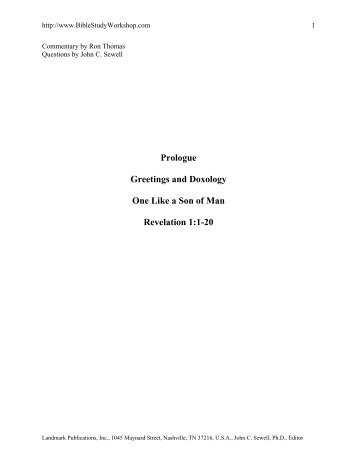Invisible Man Study Guide Answers Prologue
Ralph Ellison’s father was a small business owner who died when Ellison was three. Ellison was raised by his mother in Oklahoma City. As a young man, Ellison was fascinated by jazz, and soon learned to play the trumpet.
A summary of Prologue in Ralph Ellison's Invisible Man. Learn exactly what. The narrator introduces himself as an “invisible man. Ralph Ellison's Invisible Man in the Spotlight: Strategies for Teaching a Challenging Novel to. The Night That Tulsa Burned -- Study Guide with. Paragraph Topics: Answer each of the following questions in a blue book.
Ellison attended the Tuskegee Institute for college, originally intending to become a composer. Seeking money to pay his tuition, Ellison traveled to New York, where he met and befriended other artists and writers. In New York, Ellison began to write and publish articles and reviews, becoming involved with both the Federal Writer’s Project during the Great Depression as well as the Communist Party. During World War II, Ellison served in the Merchant Marine. After the war, Ellison began work on Invisible Man, ultimately finishing the novel in 1952.
The novel became an instant classic, catapulting Ellison to national and international fame. Afterward, Ellison lectured both in Europe and at several major American universities.
He continued work on his unfinished second novel until the time of his death in 1994. Invisible Man was written shortly after America’s triumph in World War II. While the postwar period is traditionally considered a boom time in American history, many men were disillusioned by the experience of the war, something reflected by the novel’s veteran mental patients. Furthermore, the late 1940s and early 1950s were also a time of immense discrimination against blacks, especially in the Deep South. Segregation was in full effect in many parts of America when Invisible Man was published, and many of its scenes were considered shocking at the time.
The work of T.S. Eliot, particularly “The Waste Land,” was a major influence on the novel’s style. Ellison gravitated toward Eliot’s elaborate, allusion-dense language, and Ellison alludes to Eliot’s “Four Quartets” multiple times in the novel. Ellison was also influenced by the pioneering work of the African-American writer Richard Wright, the author of. Though Invisible Man does not match Wright’s work in terms of style, both men shared a concern for portraying a realistic black consciousness.
In addition, Wright and Ellison were both deeply involved in Communist politics in the 1930s and 40s, a fact that resurfaces in Invisible Man in the form of the Brotherhood. Key Facts about Invisible Man. Full Title: Invisible Man. When Written: Begun in 1945, finished in 1952.
Where Written: Several locations on the East Coast, including Vermont and New York City. When Published: 1952.
Literary Period: Modernism, postwar American fiction. Genre: Modernist novel. Setting: First, an unnamed black university in the south. Later, New York City, especially the area of Harlem.


Climax: The massive race riot that nearly destroys Harlem. Antagonist: Dr. Bledsoe, Brother Jack, Ras the Exhorter.
Invisible Man Study Guide Answers Prologue Meaning
Point of View: First person. Radio Days: Ellison was known to be a tinker, capable of repairing both automobiles and electronic devices.
He had a particular passion for high quality audio equipment, and found a hobby in building and customizing stereo systems. Tough Act to Follow: Ellison found it difficult to replicate the success of Invisible Man, which immediately was considered a classic. He spent the rest of his life trying to write his second novel. Two different versions of Ellison’s incomplete manuscript have been published since his death, Juneteenth (1999) and Three Days Before the Shooting (2010).